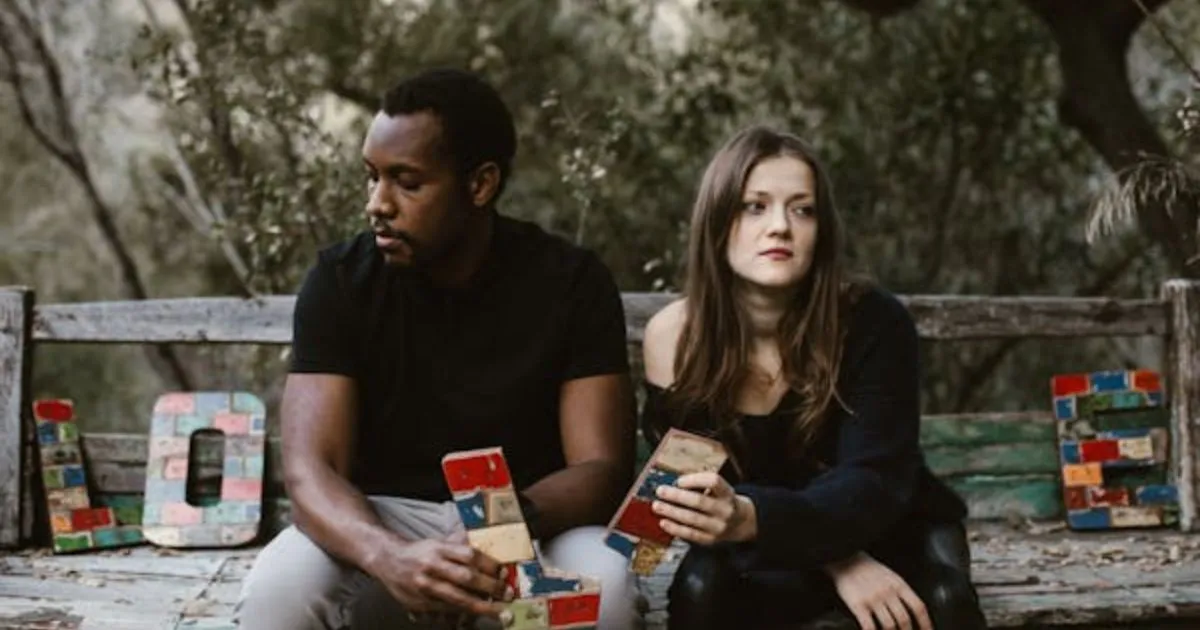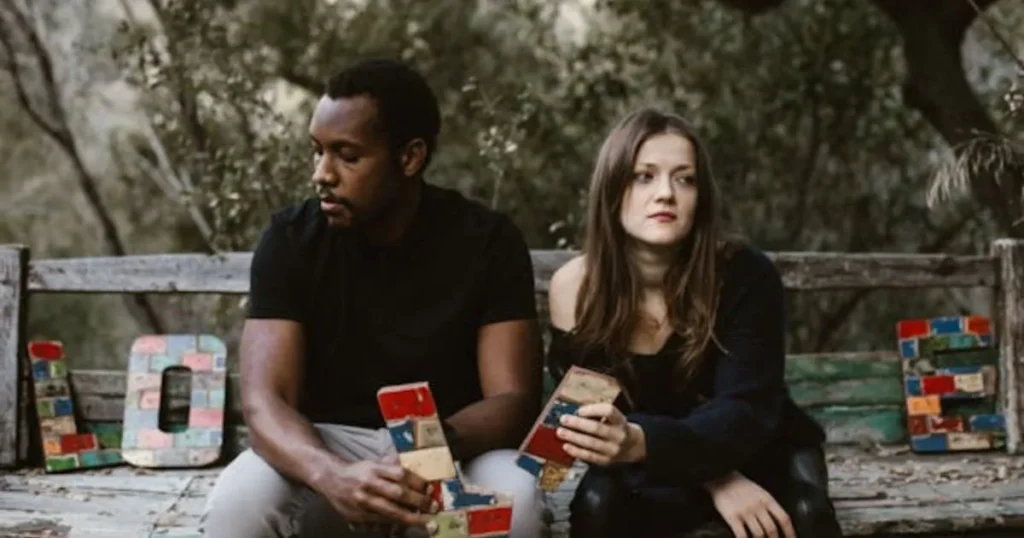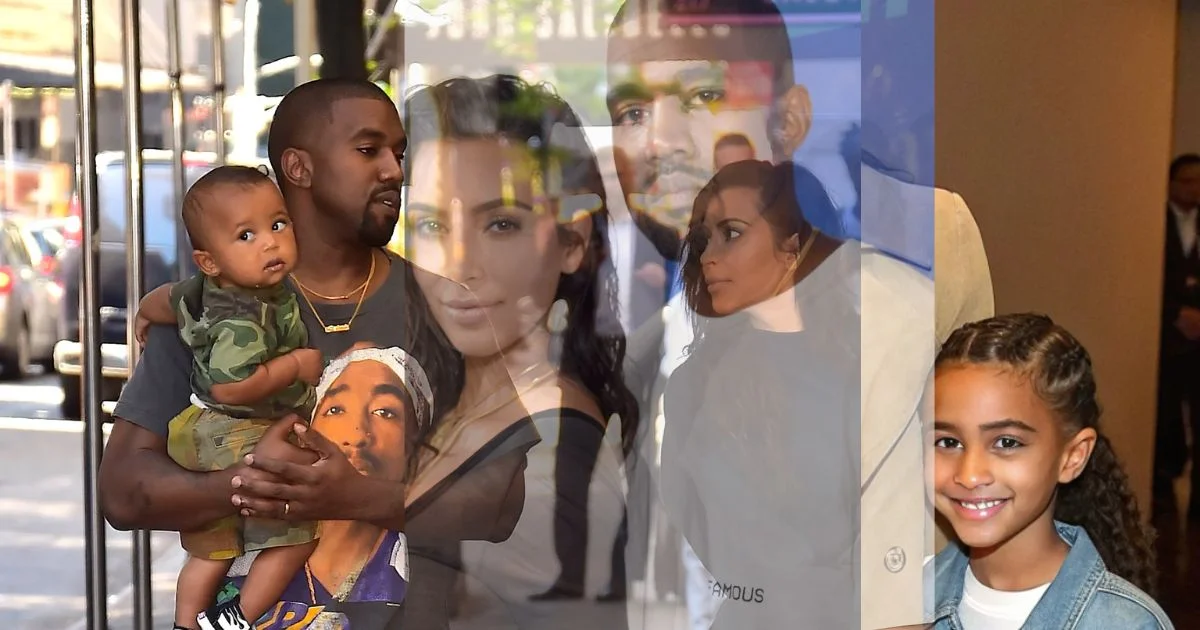
Let’s be honest—leaving a toxic relationship is one of the hardest things a person can do. Love, attachment, history, and hope can hold you hostage even when you know deep down something isn’t right.
You might look at Hollywood’s glossy love stories, the perfect red carpet photos, or the fantasy of the actresses who seduce all men, and wonder: “Why can’t I have a love that looks that effortless?” The truth is, real love isn’t about appearances. And letting go of toxic love isn’t about failure—it’s about finally choosing peace over pain.
Whether you’re currently stuck in a cycle of manipulation, emotional neglect, or constant stress, this guide will help you take clear, courageous steps to break free and rediscover your strength.
What Is a Toxic Relationship?
A toxic relationship drains your energy, damages your self-worth, and often leaves you feeling anxious, confused, or not good enough. It may include:
- Constant criticism or belittling
- Controlling behaviors
- Lack of respect or trust
- Manipulation or gaslighting
- Emotional, verbal, or physical abuse
It’s not always explosive—it can be quiet, subtle, and deeply painful.
Why It’s So Hard to Let Go
Even when the relationship is unhealthy, letting go can feel nearly impossible. Why?
- Emotional dependency – You’ve built your life around them.
- Hope for change – You keep thinking it might get better.
- Fear of loneliness – The idea of being alone feels scarier than being mistreated.
- Societal pressure – Especially for women, there’s pressure to “hold the family together” no matter what.
But staying in toxicity only delays healing. And the longer you wait, the more damage is done to your confidence and emotional well-being.
5 Powerful Steps to Getting Out and Letting Go
It won’t be easy—but it will be worth it. Here’s a clear roadmap to help you break free with grace and rebuild with strength.
Step 1: Accept That It’s Toxic—Without Excuses
The first step is clarity. You must recognize that the relationship is hurting more than it’s helping. This means:
- Stop justifying their behavior (“They had a rough childhood”).
- Stop blaming yourself (“If I were better, they’d change”).
- Stop hoping it will magically fix itself.
You deserve mutual respect, love, and peace—not confusion, guilt, or fear.
🗨️ “Sometimes love isn’t what keeps you—fear does. Name it, and you begin to break it.”
Step 2: Set Emotional and Physical Boundaries
Once you’ve accepted the truth, the next step is to protect your space.
- Limit or cut contact where possible.
- Create mental boundaries: “I don’t owe them my emotional energy anymore.”
- Avoid being manipulated into arguments or guilt trips.
Even if you can’t leave immediately (shared home, kids, finances), you can start reclaiming your inner power.
If needed, plan a safe exit strategy with help from a friend, therapist, or support center.
Step 3: Grieve the Relationship—But Don’t Romanticize It
It’s normal to feel grief, even if the relationship was toxic. You’re not just mourning the person—you’re mourning:
- The version of the relationship you hoped for
- The time and energy you invested
- The identity you built around being “their partner”
Feel your feelings. Journal. Cry. Talk to a therapist. But be careful not to rewrite history as if it was perfect. Keep a list of the behaviors that hurt you. This will help you stay grounded and prevent you from running back to what broke you.
Step 4: Reconnect With Yourself
Toxic love often leaves you feeling like you’ve lost yourself.
Now is the time to ask:
- Who was I before this relationship?
- What did I love doing?
- What dreams did I put on hold?
- What makes me feel calm, happy, and whole?
This is your rebuilding phase. Take walks. Take classes. Go out with friends. Do things just for you. Start becoming the person you’ve always been underneath the pain.
You’re not starting over—you’re starting fresh.
Step 5: Rewrite Your Definition of Love
Many people who leave toxic relationships realize they never actually saw healthy love modeled growing up. It’s time to redefine what love truly means to you.
Love is not:
- Obsession
- Control
- Jealousy
- Guilt
- Sacrifice without return
Love is:
- Peace
- Trust
- Emotional safety
- Mutual effort
- Respectful communication
Forget the fairy tales and the actresses who seduce all men with perfect lips and perfect timing. In real life, love doesn’t look like a movie. It looks like mutual care, even on the boring days.

Real Talk: You Might Miss Them—But That Doesn’t Mean You Belong Together
It’s common to miss someone who was toxic. You shared memories. You loved them. But that doesn’t mean you should return.
Missing someone isn’t a sign to go back.
It’s a sign that healing is working—and your heart is adjusting to the new you.
Emotional Self-Care Tips After Letting Go
Here are simple daily practices that can help:
What If You’re Still Not Ready to Leave?
That’s okay. Just reading this article is a start.
If you’re not ready to leave, try this:
- Name the pain – Say it out loud or write it down.
- Speak to a therapist – Even one session can open new clarity.
- Talk to a trusted friend – Let someone else hold the truth with you.
- Set micro-goals – Maybe not leave today, but maybe set a boundary.
You are not weak for staying. But you are brave for even considering change.
You Deserve Healthy Love
Remember this: Love should never make you question your worth. It should uplift, comfort, and challenge you in a way that feels safe.
Letting go of toxic love isn’t just about ending something painful. It’s about opening the door to something real—even if it starts with self-love first.



